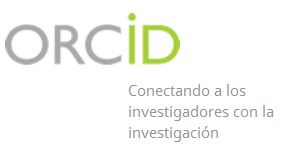Análisis de la epidemia de COVID-19 en Cuba por medio del seguimiento de los pacientes infectados y sus contactos
Resumen
En esta investigación se desarrollan algunas herramientas que trabajan con los datos que se recogen por el Servicio de Salud de Cuba en relación a la Epidemia ocasionada por la COVID-19. Los datos que se utilizan son los relacionados con la información de los contactos de cada uno de los infectados. Se trabaja con la tasa de detección asumiendo un valor fijo y en base a ello se introduce el cociente de detección y varias fórmulas de medición para evaluar el incremento de riesgo en un momento o etapa dada. Se evalúa el comportamiento de la epidemia en Cuba en los primeros 96 días de acuerdo al cociente de detección, así como la interpretación de las fórmulas introducidas. Se muestra como éstas herramientas proveen información útil para la comparación de diferentes localidades del país. Al mismo tiempo el análisis de éstas herramientas constituyen un medio de aviso de posible incremento de riesgo que puede significar un incremento de nuevos casos infectados a corto plazo.Descargas
Descargas
Publicado
Cómo citar
Número
Sección
Licencia
Aquellos autores/as que tengan publicaciones con esta revista, aceptan los términos siguientes:
- Los autores/as conservarán sus derechos de autor y garantizarán a la revista el derecho de primera publicación de su obra, el cuál estará simultáneamente sujeto a la Licencia de reconocimiento de Creative Commons que permite a terceros compartir la obra siempre que se indique su autor y su primera publicación esta revista.
- Los autores/as podrán adoptar otros acuerdos de licencia no exclusiva de distribución de la versión de la obra publicada (p. ej.: depositarla en un archivo telemático institucional o publicarla en un volumen monográfico) siempre que se indique la publicación inicial en esta revista.
- Se permite y recomienda a los autores/as difundir su obra a través de Internet (p. ej.: en archivos telemáticos institucionales o en su página web) antes y durante el proceso de envío, lo cual puede producir intercambios interesantes y aumentar las citas de la obra publicada. (Véase El efecto del acceso abierto).





